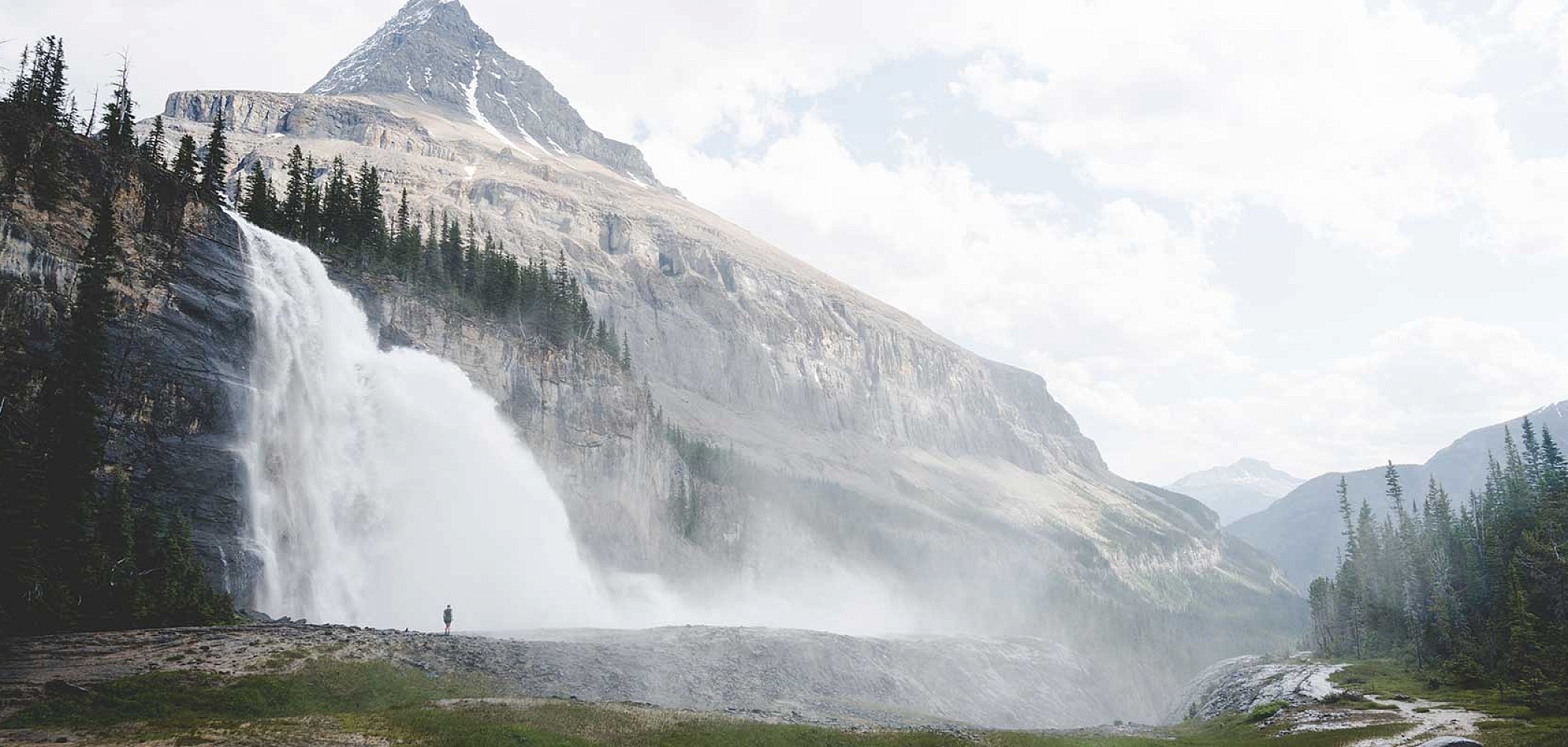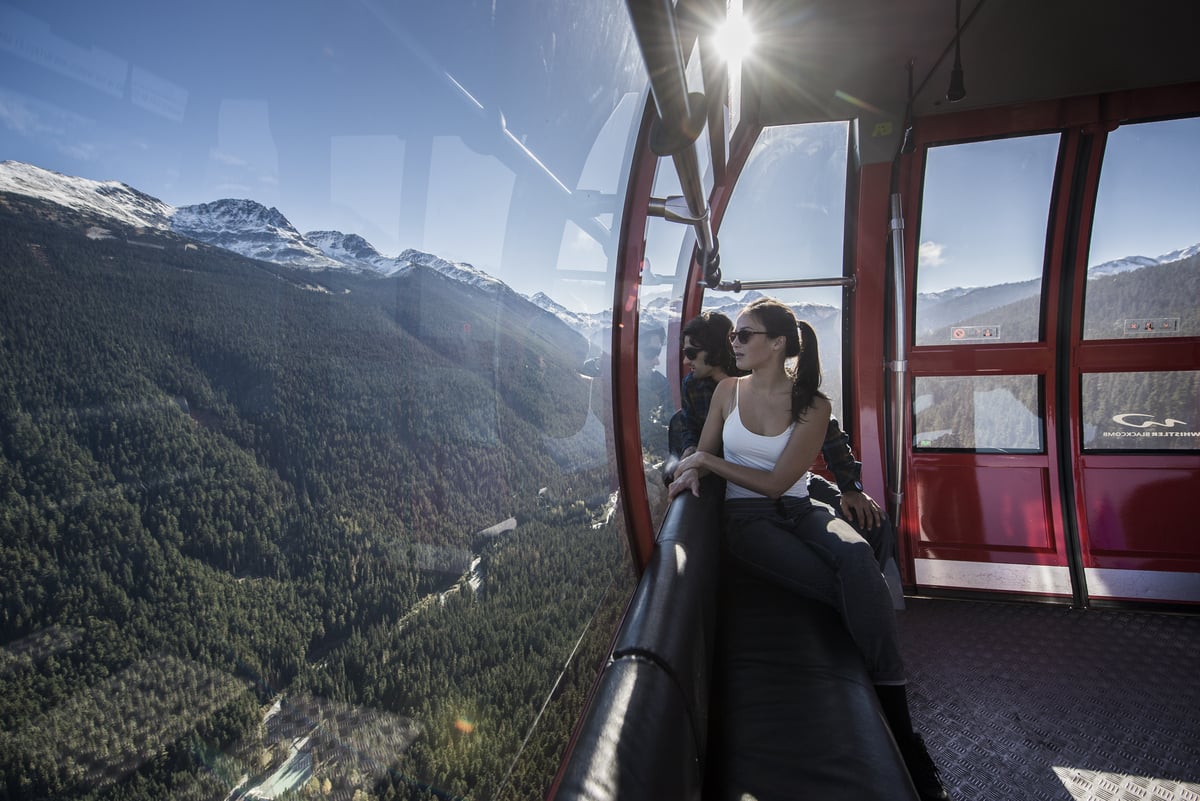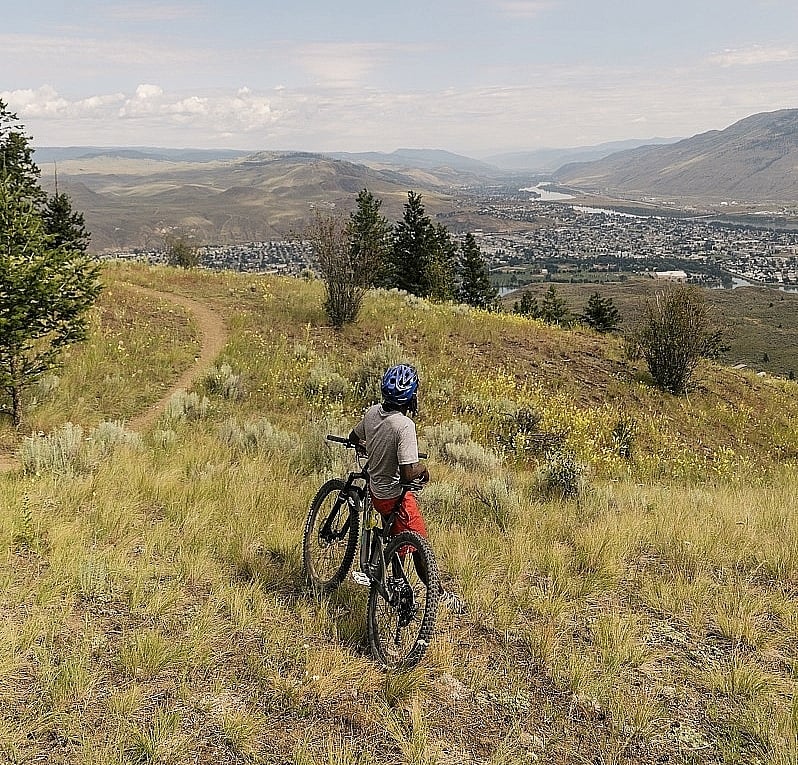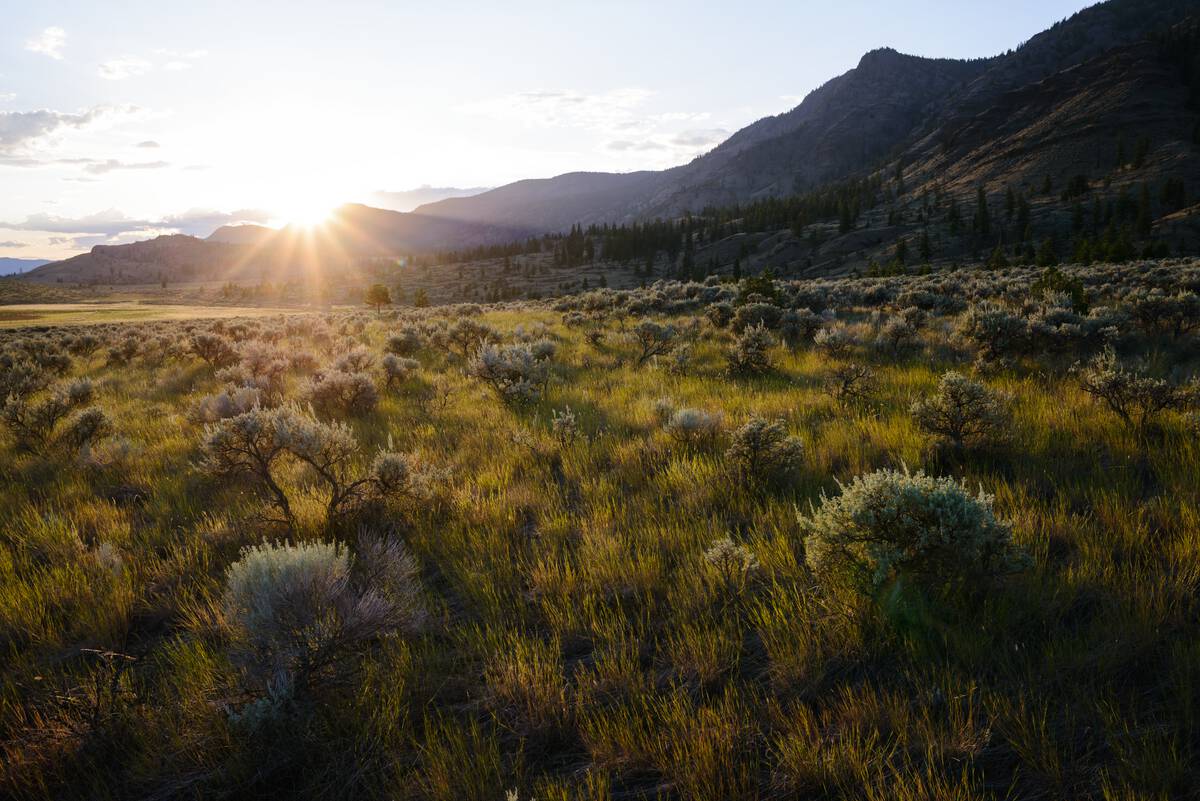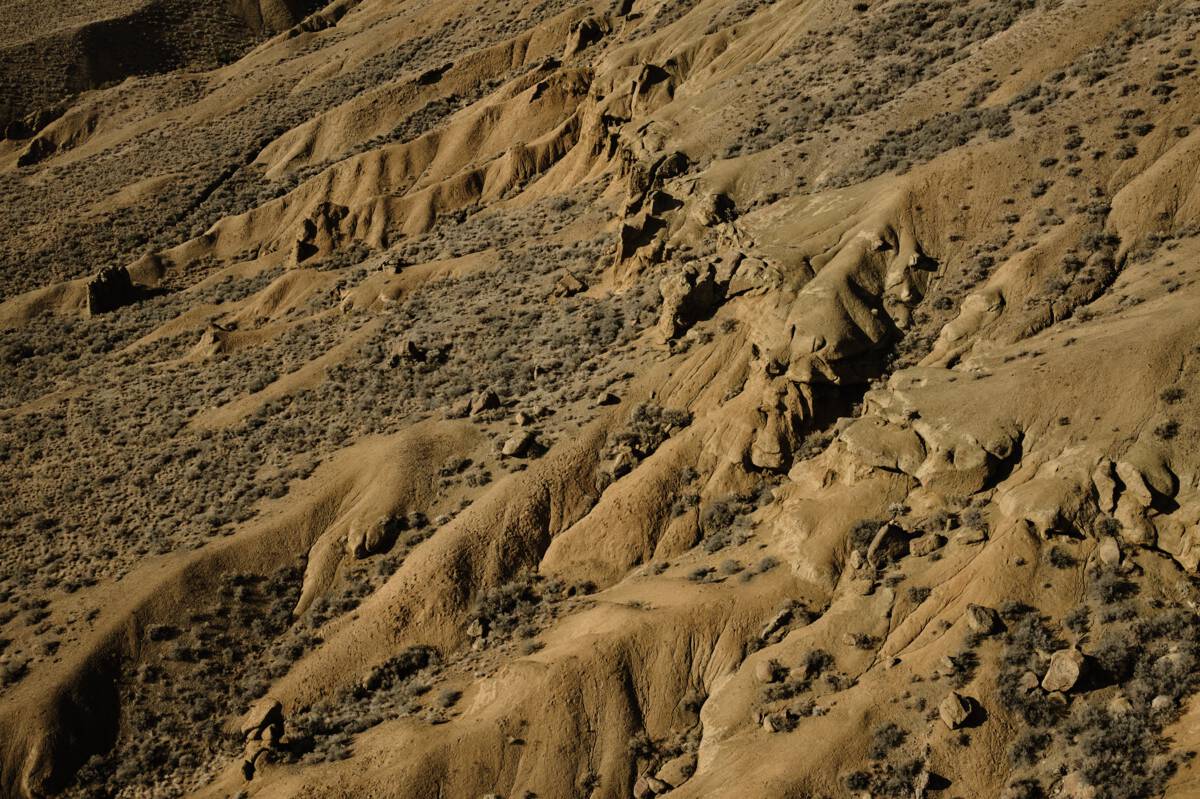When you arrive in Vancouver—by car, by plane, or by boat—you’ll be instantly struck by the natural landscape. Sure, the city’s striking glass towers reflect the green of the forest and the blue of the sea. Yes, Vancouver is home to talented, Michelin-starred chefs whose ingredients come from places just beyond your table. And it’s true that there’s a vibrant and storied Indigenous culture here that thrives alongside cultures that span the globe. But the real magic of this spectacular city on Canada’s west coast is in the fact that you can immerse yourself in nature within minutes and with little effort.


